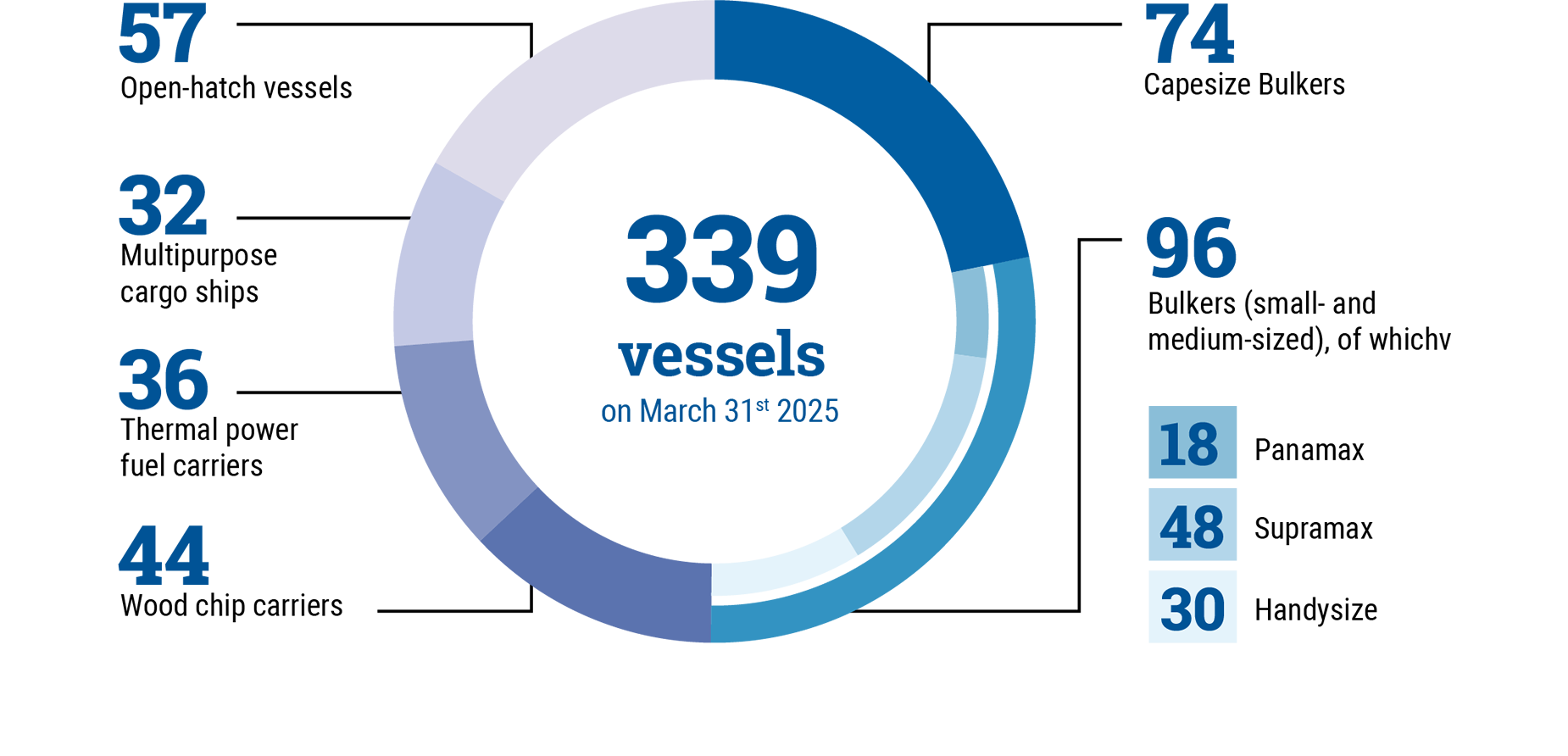
Dry Bulkers
Dry bulkers are essential to enable the transportation of various resources and raw materials (iron ore, fertilizers, grain, cement, salt, steel products etc.) fast from one side of the world to the other.
We offer a full range of appropriate vessels to meet the specific requirements of the different types of cargo and port conditions.




